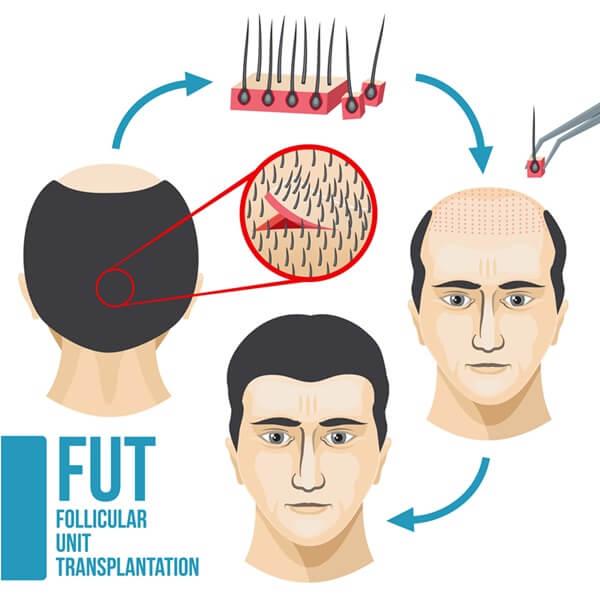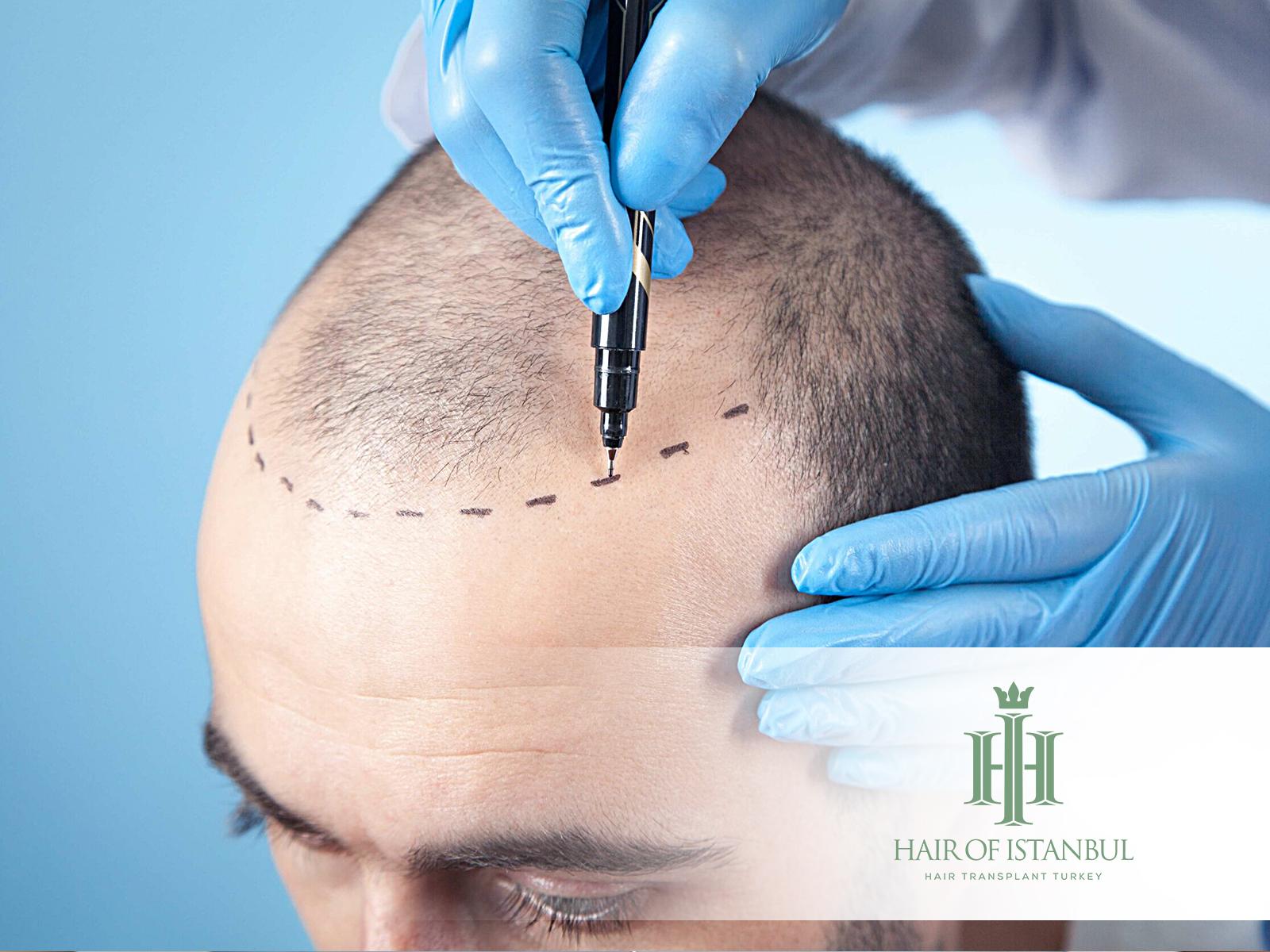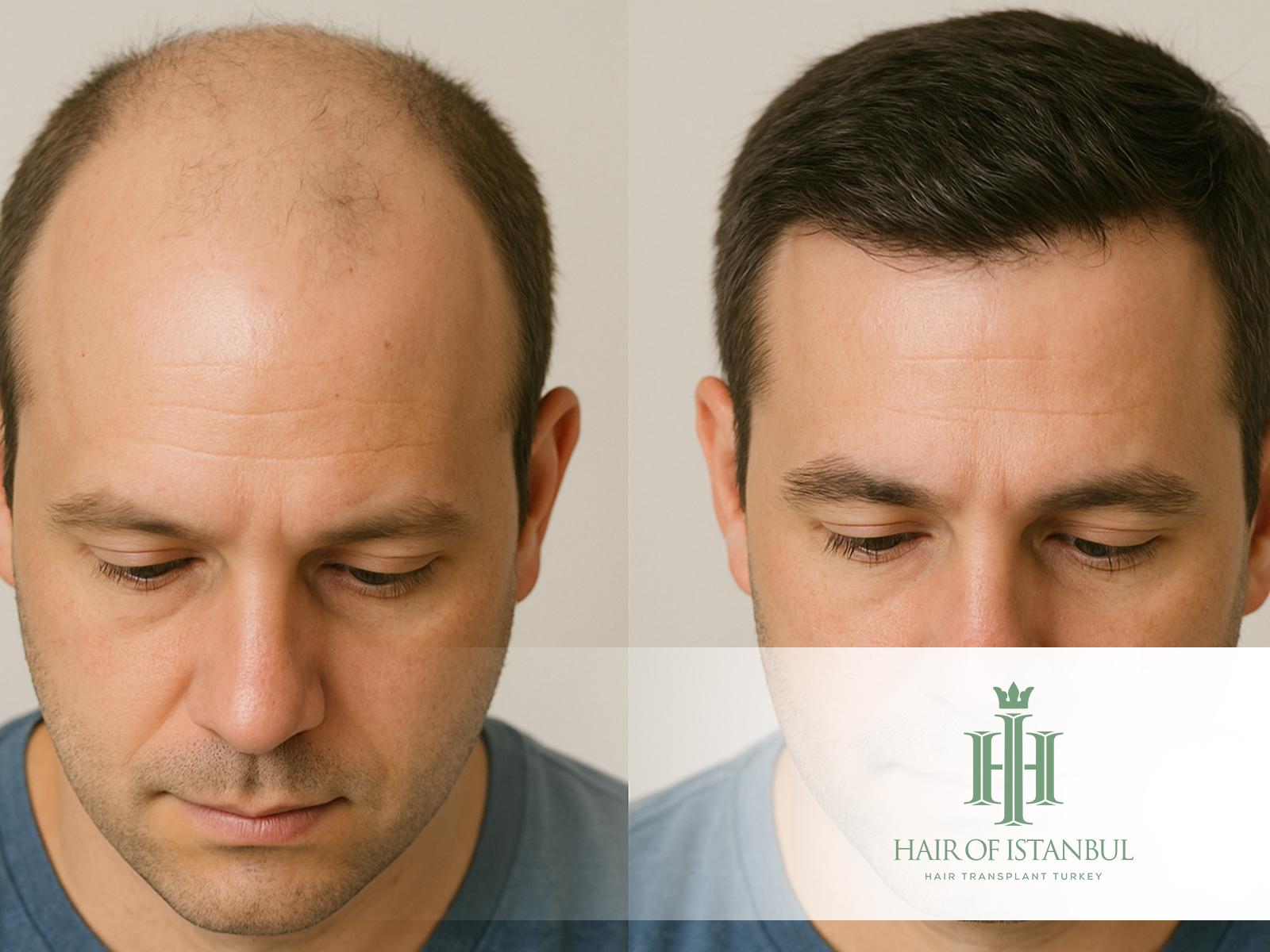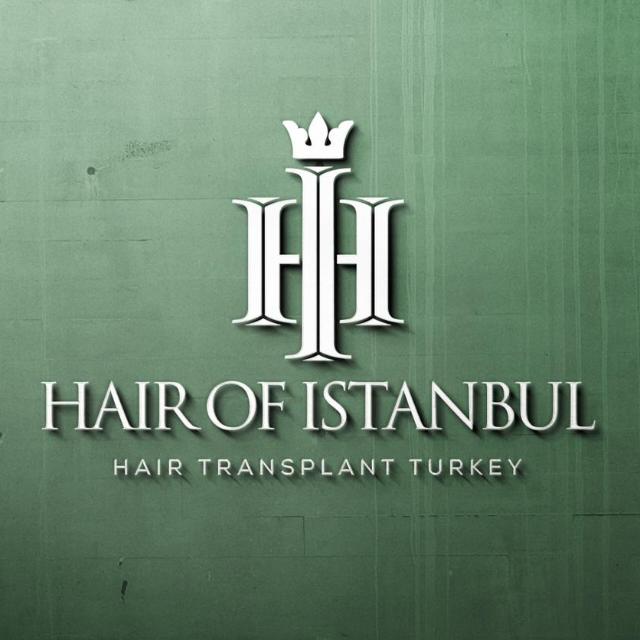Hair Transplant Expenses: What to Know Before Your Treatment
The decision to undergo hair restoration involves careful consideration—not just of the medical procedure itself, but also of the financial commitment. Understanding hair transplant expenses is essential for anyone exploring this long-term solution to hair loss. Costs can vary widely depending on several factors, from the surgical technique used to the country and clinic performing the procedure.
In this blog, we break down the components that determine hair transplant expenses, compare global pricing, and explain why Turkey, particularly Istanbul, has emerged as a top destination for affordable, high-quality hair transplants.
What Influences Hair Transplant Expenses?
The total hair transplant expenses are influenced by a combination of factors, including:
- Type of Technique Used: Options like fue hair transplant and dhi hair transplant generally cost more than the traditional FUT method due to the complexity and labor intensity.
- Number of Grafts Needed: More grafts equate to longer surgical time and higher overall costs.
- Surgeon’s Experience: Highly skilled professionals often charge more due to their expertise and consistent results.
- Clinic Reputation: Clinics like Hair of Istanbul are recognized for their international standards, which may reflect in the price but also in the quality of outcomes.
- Location of the Clinic: Countries like the USA, UK, or Germany have significantly higher pricing compared to hair transplant turkey procedures, which offer similar—if not superior—results.

Understanding Different Techniques and Their Costs
FUE (Follicular Unit Extraction) involves harvesting individual follicles and transplanting them to bald areas. It’s minimally invasive and leaves no linear scar, but can be more time-consuming and expensive.
DHI (Direct Hair Implantation) is a more advanced form of FUE that uses a specialized pen for precise placement. This method tends to have higher hair transplant expenses due to its technical requirements.

FUT (Follicular Unit Transplantation) is a strip-based method that’s more cost-effective but may leave a visible scar. It’s ideal for patients requiring a large number of grafts and is generally less expensive per graft.

A clinic like Hair of Istanbul offers all three methods and helps patients select the most cost-effective and medically suitable option during consultation.
Additional Costs to Consider
Many people focus only on the headline price but overlook secondary hair transplant expenses such as:
- Pre-operative Blood Tests
- Post-operative Medications
- Travel and Accommodation (if undergoing the procedure abroad)
- Follow-up Consultations
Some clinics bundle these into comprehensive packages. For international patients, Hair of Istanbul offers all-inclusive plans that cover airport transfers, hotel stays, and aftercare support.
Before and After Hair Transplant Expectations
Seeing before and after hair transplant photos helps set realistic goals. These images showcase the return on investment you’re making—not just financially, but in terms of confidence and appearance.
Results from procedures like fue or dhi are visible after 6–12 months. This delayed gratification must be factored into your planning when budgeting for the full scope of hair transplant expenses.
Bu gönderiyi Instagram’da gör
How Much Does a Hair Transplant Cost in Turkey?
A major reason people choose a hair transplant istanbul experience is the cost advantage. In Western countries, per-graft pricing can be 3–5 times higher than in Turkey. Despite the lower prices, clinics like Hair of Istanbul maintain high standards, thanks to their experienced teams and modern facilities.
On average, hair transplant expenses in Turkey range between $3,500 and $7,500 depending on technique and graft quantity, while similar procedures in the U.S. may cost upwards of $10,000.
Bu gönderiyi Instagram’da gör
Hair Transplant for Women and Afro Hair: Cost Considerations
Procedures tailored for women—such as hair transplant for women may incur additional costs due to complexity and customized planning.
Similarly, those seeking afro hair transplant often require skilled handling of textured hair, which may affect overall pricing depending on the clinic’s experience and success rate.
Aftercare and Long-Term Investment
Your journey doesn’t end after surgery. Proper recovery is vital to achieving optimal hair transplant results. This includes following a clear plan for hair transplant care after, such as:
- Avoiding physical exertion
- Applying recommended products
- Attending check-ups (virtual or in-person)
These steps may add to your hair transplant expenses, but they are crucial to ensuring long-term success.
How to Plan for Hair Transplant Expenses
Understanding hair transplant expenses is about more than just comparing clinic prices. It involves assessing the value offered, the quality of care, and the long-term impact on your confidence and appearance. Whether you’re opting for FUT, FUE, or DHI, working with a reputable clinic like Hair of Istanbul helps you get the most out of your investment.
With transparent pricing, experienced surgeons, and complete aftercare support, Turkey remains a top destination for anyone looking to restore their hair—and their self-esteem—without financial stress.








